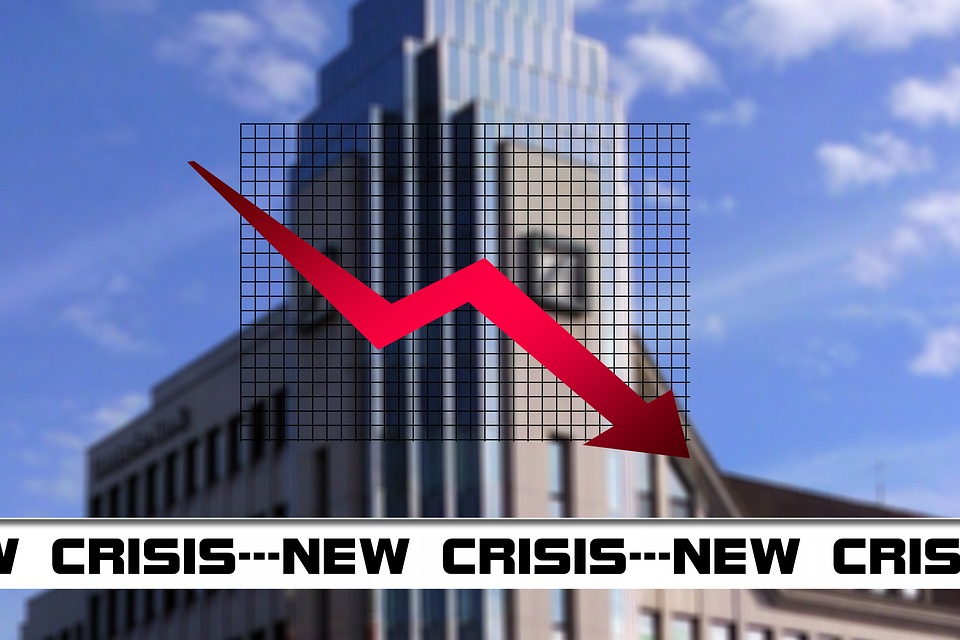10 Autoresponder Benefits For Business Marketing Strategies
These days, you should use an autoresponder for your local marketing strategies. This marketing tool will send your messages out automatically to individuals who have an interest in your business. It is also the best way to stay in contact with your customers and prospects. The key is inviting them to become subscribers for your messages about your services, products, and business. It is automatic, easy, and one of the best returns on your marketing investment that your company will ever achieve.
1. Turn anonymous visitors to your website into subscribers.
When people show up at your website for the very first time, one of the best ways to start a conversation with those visitors is to offer something valuable to them in exchange for them providing you with their email address and name. The best marketing automation software services usually recommend that this is a trial offer, a no-obligation consultation, a free report, or anything else that is of high quality and has a high perceived value. After a visitor subscribes to your autoresponder series you can keep sending them email messages for as long as you want, or until they unsubscribe.
2. Easily build long term relationships with your subscribers.
Since you are able to write automated messages ahead of time and have your messages scheduled to be sent automatically to your subscriber list on whatever date and at whatever time of day you specify, you can send a message to all of your subscribers very easily any time you want to Your autoresponder can do all of your work automatically for you on a 24/7 basis. Whenever subscribers hear from you regularly it builds that expectation that they will continue hearing from later in the future as well.
3. Allow you to do continuous marketing without needing to hire additional people.
Since your autoresponder can send out marketing messages to your customers and prospects regularly, it won’t be necessary for you to hire additional staff to do the marketing. That can save on marketing dollars and your marketing department investments will enjoy a much higher return.
4. Follow-up error-free without missing any customers.
It can be hard to follow-up with everyone you meet. However, when you use an autoresponder to send marketing messages about your products, services, and business, it won’t ever miss a single customer or prospect who has subscribed to your mailing list. They will always receive the messages that you send out to them.
5. Constant communication generates repeat sales
It is very likely that people who like doing business with you will continue doing business with your company regularly. Especially if you have services or products that they basis often. When you use an automatic messaging system to send out messages about your services and products, it will remind your customers to purchase what they need from your company automatically and regularly. An automated selling tool is the best thing that a business can have!
6. More subscribers will be led to your website or blog.
When you sent out messages to your subscribers, one of the things that you can do is direct them to your website, your blog, your video channel, or articles. These are all different channels that provide useful information on your business. If your business has things that people want, they will want to know how they can obtain your company’s offerings. They can be directed by an autoresponder message to the precise location that they need to learn more about what they know to know to make their purchasing decision.
7. Receive measurable results.
There are measuring devices built into autoresponders that will tell you the locations of your subscribers. You also will be provided with information that shows you which of your messages have been ready by the most people so you can format messages in the future in ways that get more subscribers to open them. You can determine the best time of day for sending out your message so that your subscribers read them right away. Your autoresponder will track how many new subscribers you get each day. These results can be used to determine what future messages and information you want to send out to your subscribers.
8. Ensures improved e-mail delivery.
Autoresponders have been specially designed to deliver emails on time to your entire subscriber list. Specialized autoresponder systems work a lot better compared to other types of e-mail delivery systems. That allows you to be confident that your subscribers are getting your messages delivered to them.
9. Use your e-mails to help brand yourself.
You can brand your company and yourself in the e-mails that you send out to your subscribers by adding your contact information, your tagline, your logo, or anything else you would like to emphasize about your business.
10. Allows you to duplicate your efforts very easily.
All of the above tasks can be duplicated after you have done them once for your list. You can have separate lists for different product lines, groups of subscribers, other services, or whatever other reason you might have for wanting to have separate lists for sending out messages.




























